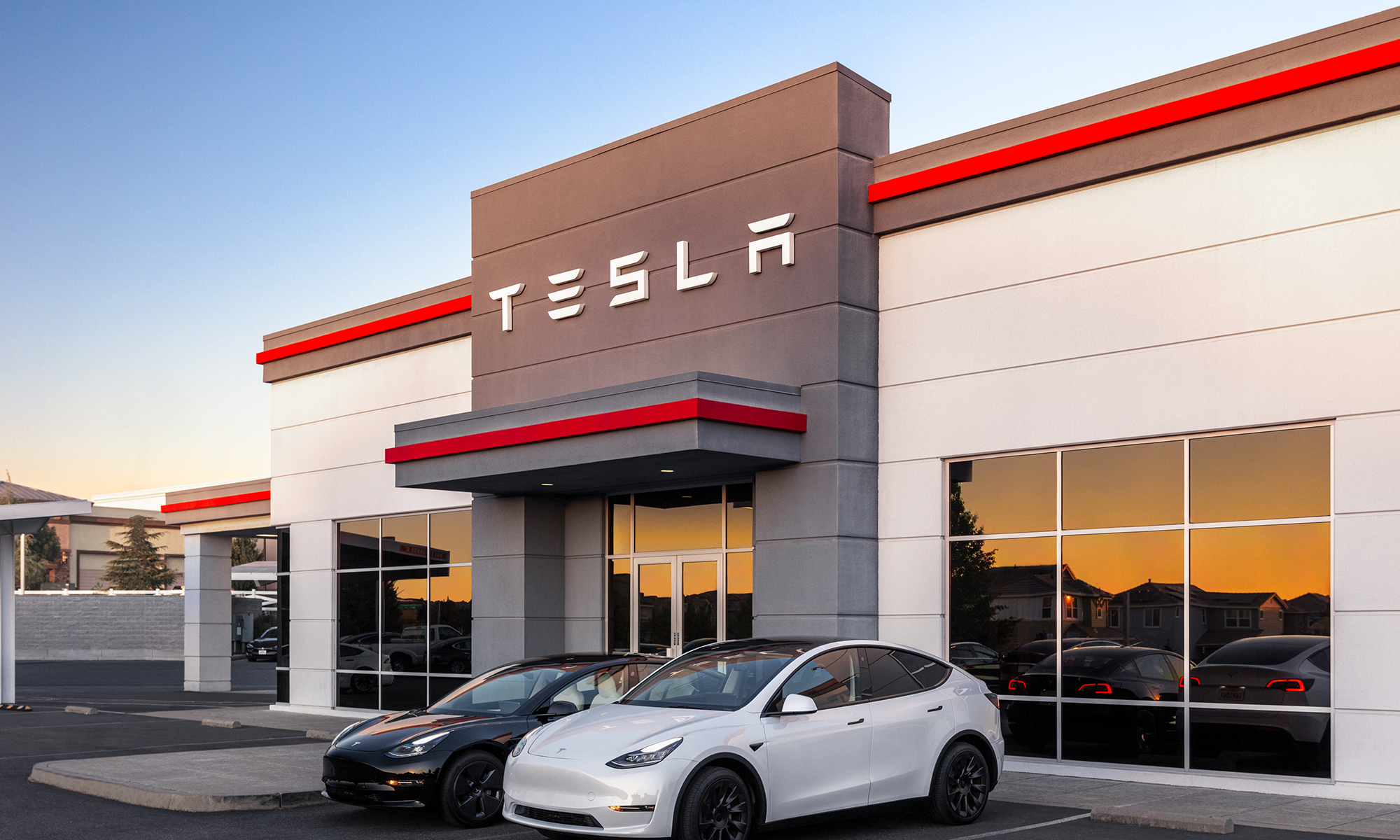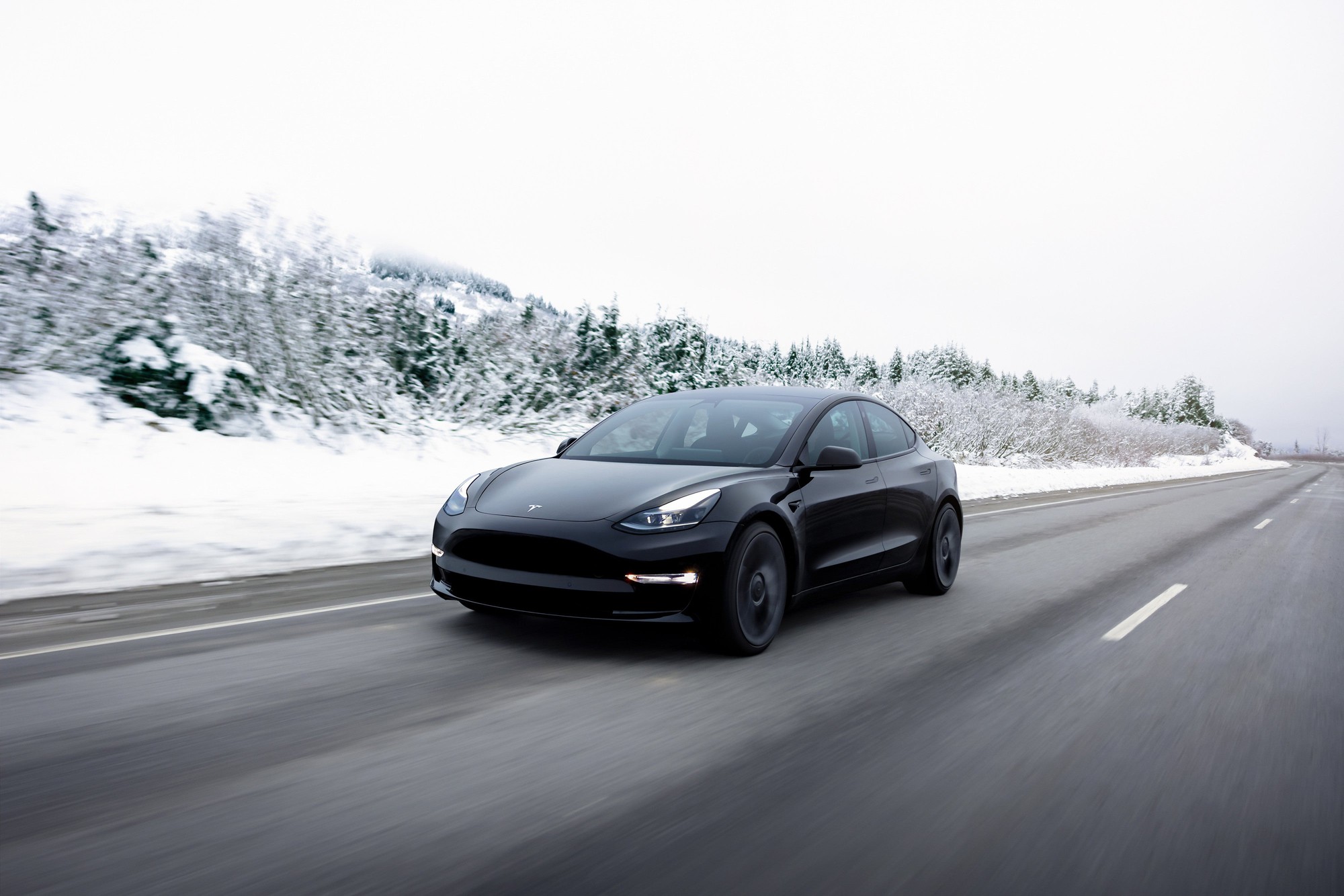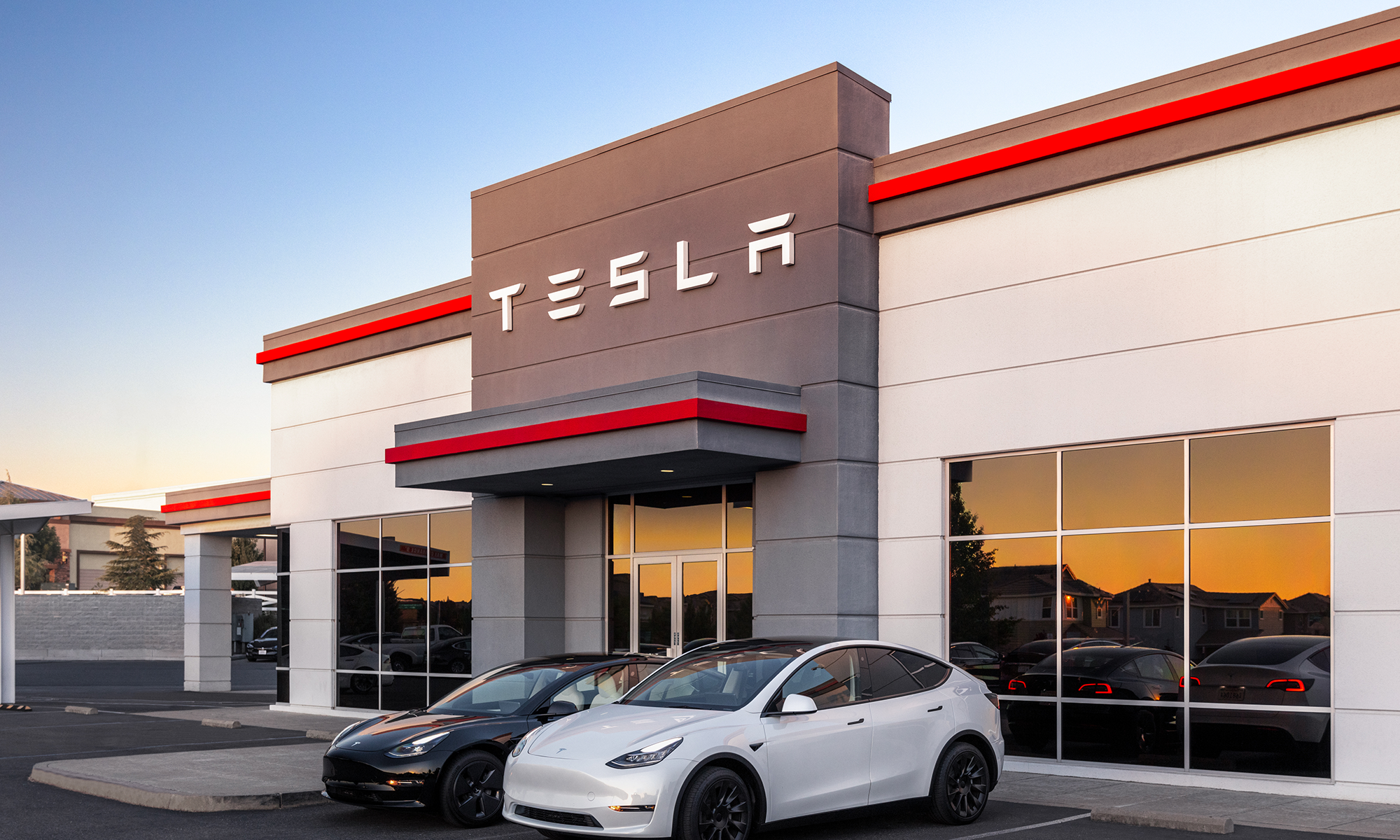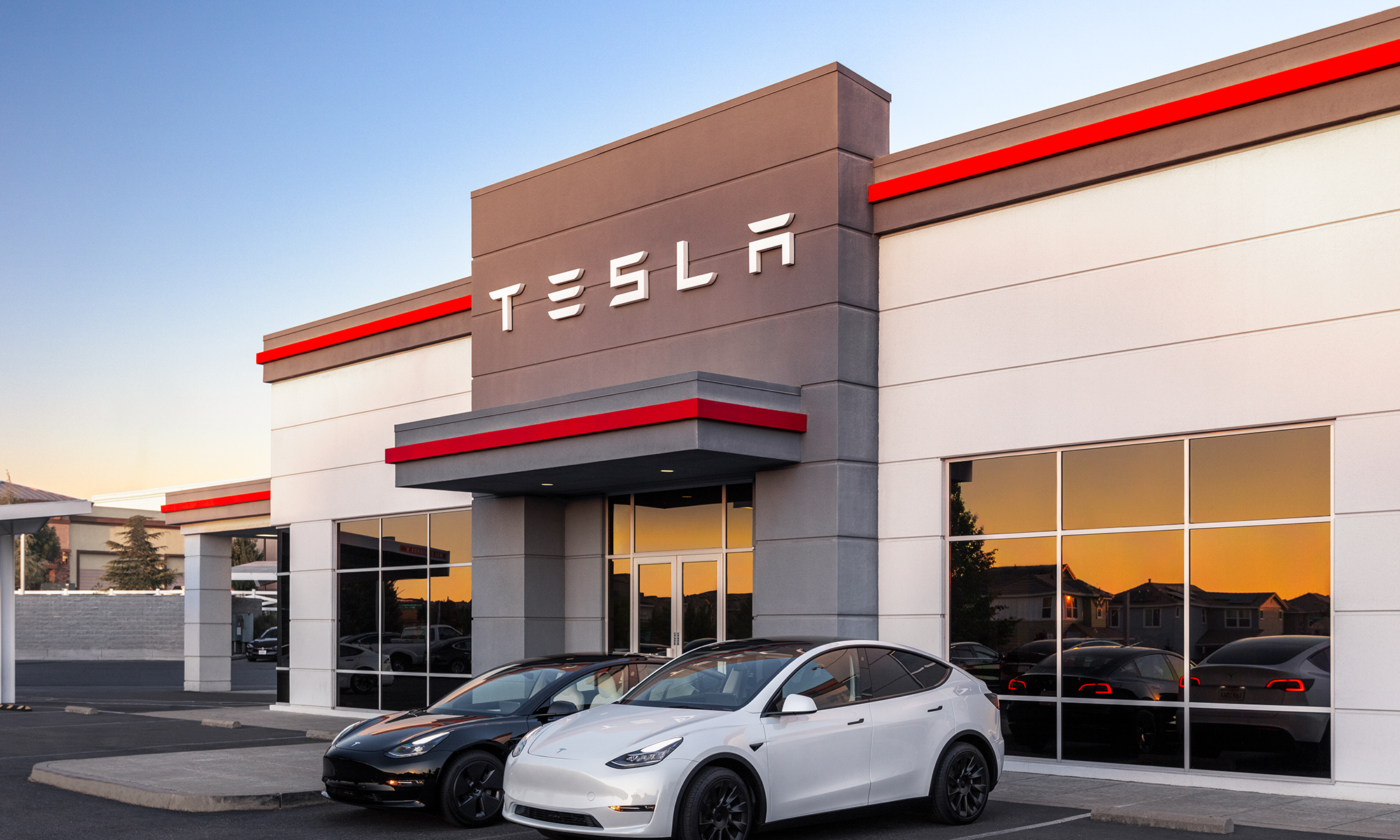Tesla (TSLA 0.03%) stock gained 2.3% on Thursday, following the electric vehicle pioneer's release on the prior afternoon of its third-quarter 2025 results. Investors apparently focused less on earnings, which missed Wall Street's estimate, and more on revenue, which beat the consensus estimate. Revenue increased 12% year over year to a record $28.1 billion, while adjusted earnings per share (EPS) declined 31% to $0.50.
That's a quick summary, as I want to focus on Tesla Optimus, the company's artificial intelligence (AI)-powered humanoid robot under development. Tesla first announced Optimus at its AI Day in August 2021, first showed a prototype in 2022, and has periodically shared updates.
Optimus was a major topic on the earnings call. Indeed, "Optimus" was mentioned 36 times -- much more than "robotaxi" (10 times). As to the latter, this summer, Tesla had a limited launch of its robotaxi service in Austin, Texas.

A Tesla Optimus humanoid robot working at a factory-like job. Image source: Tesla.
Optimus timeline
Here's the Optimus timeline that CEO Elon Musk provided on the call:
- Optimus version 3 prototype targeted for unveiling in early 2026, "probably Q1."
- A production line that has a capacity of 1 million Optimus robots will be built, with the targeted "production start toward the end of next year."
Musk cautioned that an annualized production rate of 1 million would take a while for two main reasons. The first is the complexity of Optimus (he said there are 10,000 unique components). The second is the lack of a humanoid robot supply chain, which will require Tesla to develop a vertically integrated production process. In other words, it will have to produce some or even many of the components it will need.
It makes good sense that there is no (or a very limited) humanoid robot supply chain because this class of business is not currently built at scale.

NASDAQ: TSLA
Key Data Points
Musk: Optimus "has the potential to be the biggest product of all time"
Musk said:
[Optimus] has the potential to be the biggest product of all time. ... People might think of Tesla as a car company that mostly makes cars and battery packs. ... but we do have the ingredients of real-world AI and exceptional electrical-mechanical engineering capabilities and the ability to scale production, which I don't think anyone else has all of those ingredients.
Musk is known for making overly optimistic predictions. That said, I agree that humanoid robots (as a product class, not necessarily Optimus) have the potential to be at least one of the biggest products ever, if not the biggest.
I also agree that Tesla has a relatively rare mix of the three qualities Musk mentioned that make it very qualified to make humanoid robots at scale. It has many years of real-world AI experience from its driverless vehicle initiatives. Its vehicle and battery pack operations have demonstrated its engineering capabilities and ability to quickly scale production.
While humanoid robots have the potential to be a humongous market, there is no guarantee that Tesla's Optimus will be the ultimate winner in terms of market share. Sure, the company should be considered one of the favorites to be a big player in this market, but there are some impressive venture-capital-backed humanoid robot start-ups and also humanoid robots already produced, though not at scale, by well-established companies.

NASDAQ: NVDA
Key Data Points
An example of the former is Figure AI, whose investors include Nvidia (NVDA 0.32%), ChatGPT owner OpenAI, Microsoft, and Amazon founder Jeff Bezos. (Figure AI is a good initial public offering (IPO) watch list candidate.) The best example of the latter is the Atlas humanoid robot made by Boston Dynamics, which is 80% owned by automaker Hyundai. Japan tech giant SoftBank owns the minority stake.
At this early stage, the best way to invest in humanoid robots is by buying Nvidia stock, as I outlined in January. The AI chip leader has a widely adopted platform for the development of humanoid robots, so it's already making money from this nascent market. By investing in Nvidia stock, you are investing in the growth of the overall humanoid robot market rather than selecting a potential winner or winners.





